Table of content
Lamb soup, a hearty and nourishing dish enjoyed across cultures, is celebrated for its rich flavor, tender meat, and comforting warmth. Whether served as a family meal, a remedy for chilly evenings, or a centerpiece at gatherings, the key to a memorable lamb soup lies in the careful selection and balance of its ingredients. From aromatic herbs to earthy vegetables and subtle spices, each component plays a vital role in elevating the broth’s depth and complexity. This article explores the essential materials needed to create a flavorful lamb soup, along with tips for customization and regional variations.
The Foundation: Lamb Meat and Bones
The star of any lamb soup is, of course, the lamb itself. The choice of cut significantly impacts the soup’s texture and richness. Common options include:
- Shoulder or Shank: These cuts, with their marbling of fat and connective tissue, become tender and succulent after slow cooking, imparting a velvety texture to the broth.
- Ribs or Neck: These bone-in sections add collagen-rich gelatin, resulting in a thicker, more robust broth.
- Stew Meat: Pre-cut chunks of lamb, often from the leg or shoulder, are convenient for quicker preparation.
For an even richer flavor, consider adding lamb bones (such as knuckles or marrow bones) to the pot. These bones release minerals and fat during simmering, enhancing the soup’s body and umami notes.
Aromatics: Building the Flavor Base
Aromatics are the backbone of any soup, creating a fragrant foundation that permeates every spoonful. For lamb soup, these typically include:
- Onions: Sweat them gently until translucent to develop sweetness without bitterness.
- Garlic: Mince or slice it finely to distribute its pungent, earthy flavor evenly.
- Ginger: Fresh ginger adds a warm, slightly peppery kick and aids digestion.
- Leeks or Scallions: These mild alliums contribute a subtle sweetness and freshness.
Sautéing these ingredients in oil or butter before adding liquid helps caramelize their natural sugars, deepening the soup’s complexity.
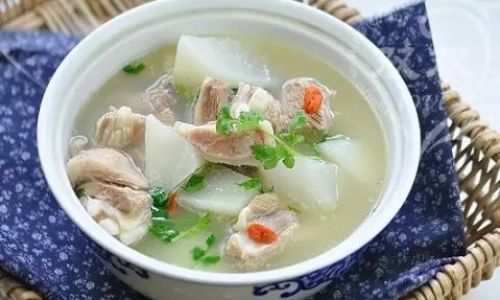
Vegetables: Sweetness and Depth
Vegetables not only add nutritional value but also balance the lamb’s richness with natural sweetness and texture. Consider including:
- Carrots: Their inherent sugar caramelizes during cooking, adding a mild sweetness.
- Celery: Provides a subtle grassy note and crunch (if added toward the end).
- Potatoes or Turnips: Starchy vegetables thicken the broth slightly and absorb flavors beautifully.
- Tomatoes: Fresh or canned tomatoes contribute acidity, cutting through the lamb’s fattiness.
For a Mediterranean twist, add zucchini or bell peppers during the final stages of cooking. In Asian-inspired recipes, daikon radish or winter melon offer a refreshing contrast.
Spices and Herbs: Elevating the Broth
Spices and herbs transform lamb soup from ordinary to extraordinary. The key is to use them judiciously to avoid overpowering the meat’s natural flavor.
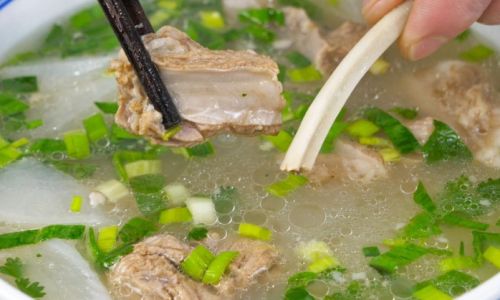
Warm Spices
- Cumin: A pinch of ground cumin adds earthy, smoky undertones.
- Coriander: Its citrusy, floral notes brighten the broth.
- Paprika: Smoked or sweet paprika imparts a subtle red hue and mild heat.
- Cinnamon Stick: A small piece lends warmth without sweetness.
Aromatic Herbs
- Bay Leaves: Their herbal, slightly floral aroma infuses the broth during simmering.
- Thyme or Rosemary: Fresh or dried, these herbs add piney, resinous notes.
- Parsley or Cilantro: Stir in a handful of chopped greens just before serving for freshness.
Asian-Inspired Additions
For a nod to East Asian cuisine, try:
- Star Anise: One or two pods contribute anise-like sweetness.
- Sichuan Peppercorns: Their numbing heat adds intrigue.
- Fermented Bean Paste: A spoonful of doubanjiang or miso introduces savory depth.
Liquids: Broth, Water, or Wine?
The cooking liquid determines the soup’s base flavor. Options include:
- Water: Allows the lamb’s natural taste to shine.
- Chicken or Beef Broth: Adds complexity but may clash with lamb’s distinctiveness.
- Red or White Wine: A splash of dry wine (added early to cook off alcohol) enhances acidity and fruitiness.
For a clearer broth, skim off impurities during the initial simmer. For a cloudier, more robust version, embrace the proteins and fats released by the meat.
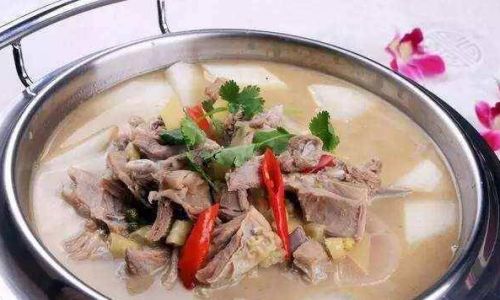
Optional Enhancements
Customize your lamb soup with these creative additions:
- Legumes: Chickpeas, lentils, or white beans add heartiness and fiber.
- Grains: Barley, farro, or rice absorb broth and expand into plump, flavorful bites.
- Noodles: Egg noodles or udon turn the soup into a filling meal.
- Acidic Finishes: A squeeze of lemon juice or a splash of vinegar brightens the broth just before serving.
Cooking Techniques for Perfect Lamb Soup
- Sear the Meat: Brown lamb pieces in a hot pan to develop caramelized flavors before simmering.
- Low and Slow: Simmer gently for 2–3 hours (or longer for tougher cuts) to tenderize the meat and meld flavors.
- Skim Fat: Remove excess fat periodically for a cleaner broth, or leave it for added richness.
- Adjust Seasoning: Taste and tweak with salt, pepper, or herbs toward the end of cooking.
Regional Variations
Lamb soup varies widely across the globe, reflecting local ingredients and traditions:
- Scottish Scotch Broth: Combines lamb with barley, leeks, and carrots.
- Moroccan Harira: Features lamb, tomatoes, chickpeas, and warm spices like cinnamon and ginger.
- Chinese Lamb Hot Pot: Includes star anise, Sichuan pepper, and daikon radish in a spicy broth.
- Greek Avgolemono: Enriched with egg-lemon sauce for a creamy texture.
Common Mistakes to Avoid
- Overcooking Vegetables: Add delicate veggies like peas or spinach in the last 15 minutes.
- Using Too Many Spices: Let the lamb’s flavor lead; use spices as accents.
- Rushing the Process: Patience is key—slow simmering builds depth.
Serving Suggestions
Lamb soup pairs wonderfully with:
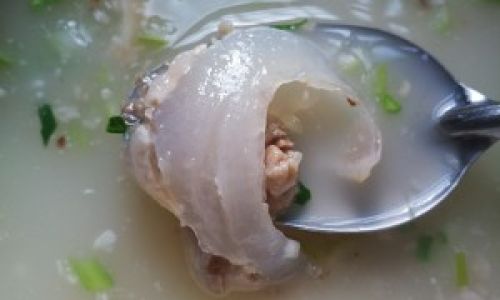
- Crusty Bread: For dipping into the broth.
- Fresh Herbs: Garnish with cilantro, dill, or mint.
- Yogurt or Sour Cream: A dollop adds tangy creaminess.
- Pickled Vegetables: A side of pickled onions or cucumbers cuts through richness.
Conclusion
Crafting the perfect lamb soup is an art that balances tradition with creativity. By selecting high-quality lamb, layering aromatics and spices, and simmering with care, you can create a dish that warms the soul and delights the palate. Experiment with regional twists or personal touches—perhaps a dash of harissa or a handful of fresh mint—to make the recipe your own. Whether enjoyed on a blustery evening or shared with loved ones, a well-made lamb soup is a testament to the magic of simple, wholesome ingredients transformed by time and heat.
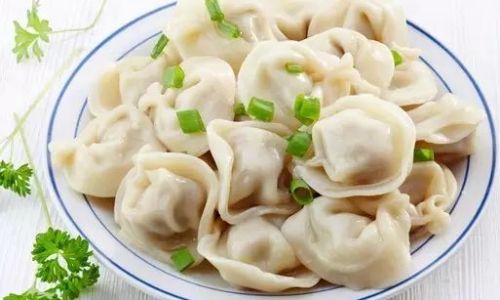
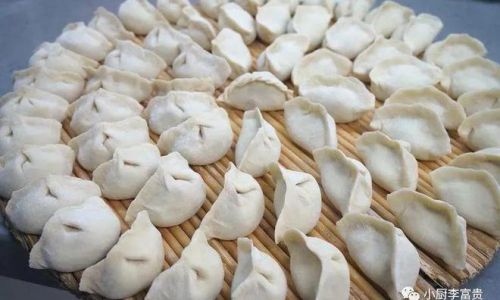
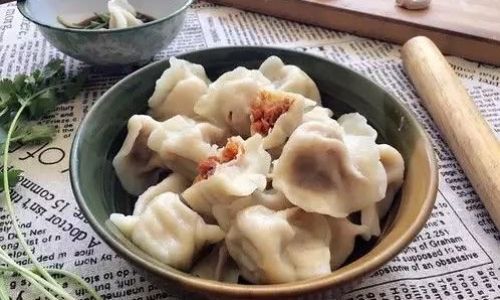
0 comments